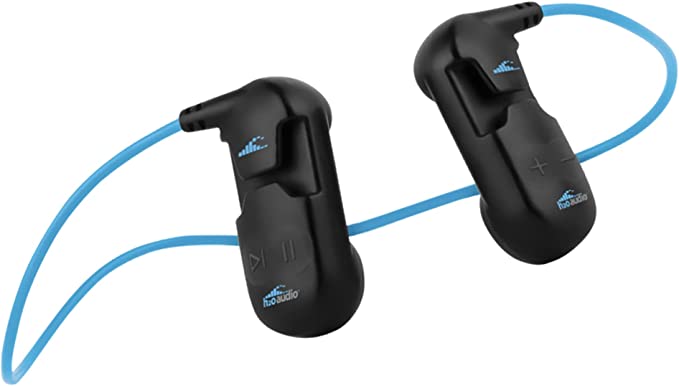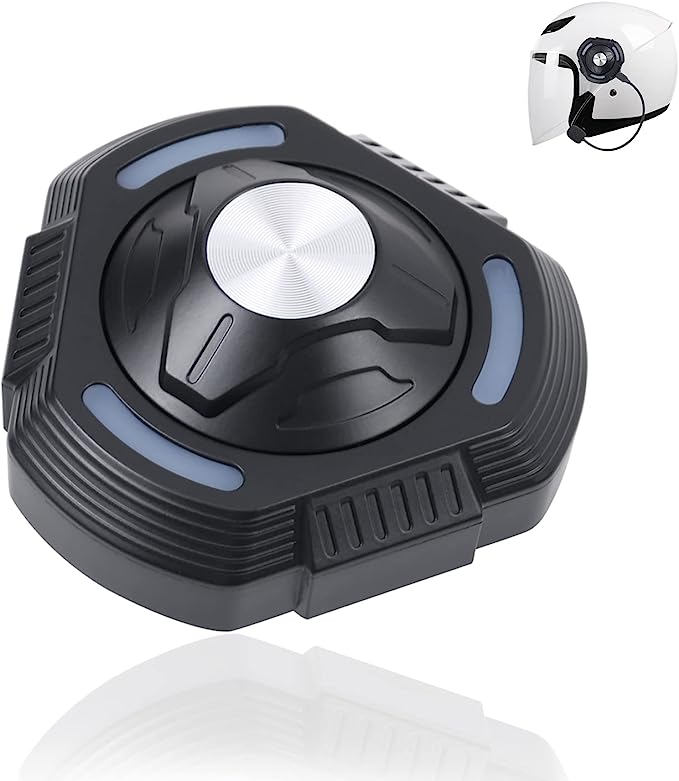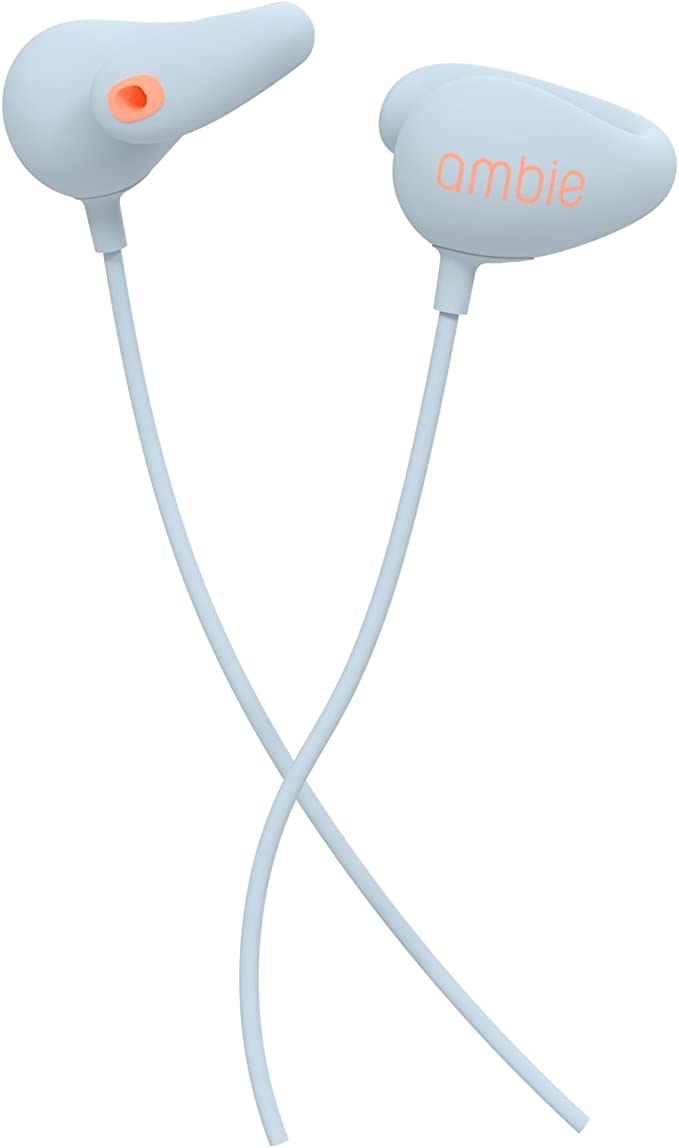The Skull as a Soundboard: Dissecting the Physics of Panadia DG08B
Update on Dec. 6, 2025, 7:58 p.m.
In the audiophile world, the goal is usually isolation—sealing the ear canal to create a pristine acoustic chamber. The Panadia DG08B Bone Conduction Headphones represent the antithesis of this philosophy. They do not pump air; they shake bones. This device is not merely a different type of headphone; it is a fundamentally different method of auditory delivery that relies on the solid-state transmission of vibration through the human skull.

The Transducer Mechanism: Vibrate, Don’t Push
Traditional headphones use a driver (speaker) to push air molecules, creating pressure waves that strike the eardrum. The Panadia DG08B bypasses the eardrum entirely. * The Mechanism: Inside the pods that rest on your cheekbones are electromechanical transducers. Instead of a light paper cone designed to move air, these contain a heavier mass attached to a voice coil. When an audio signal creates a magnetic field, this mass vibrates against the casing. * The Pathway: These vibrations propagate through the zygomatic arch (cheekbone), bypassing the middle ear, and directly stimulate the cochlea—the fluid-filled spiral in the inner ear (Thesis). * The Litmus Test: Skeptics often claim cheap bone conduction headphones are just “small speakers.” To verify the DG08B’s authenticity, perform the Occlusion Effect Test: Plug your ears tightly with your fingers while listening. If the sound becomes louder, deeper, and richer, it is genuine bone conduction (Physics). This happens because the plugged ear canal traps the bone-conducted low frequencies that usually escape.
The Frequency Response Compromise
Bone is a denser medium than air, and it conducts sound differently. High frequencies (treble) travel relatively well, but low frequencies (bass) require significant energy to transmit through bone mass. * The Result: The DG08B, like most in its class, has a rolled-off low end. You will hear the bass line, but you won’t feel the sub-bass impact in your chest like you would with a 13mm dynamic driver. * The “Tickle” Factor: To compensate for this, the headphones drive the transducers harder at lower frequencies. At volumes above 70%, this manifests not as sound, but as a distinct tactile vibration on your skin (Nuance). Some users find this “tickle” annoying; others use it as a haptic cue for the beat. It is an unavoidable byproduct of the physics involved.

The Physics of “Sound Leakage”
A common complaint with open-ear headphones is sound leakage—people nearby can hear what you’re listening to. This is not a defect of the Panadia DG08B; it is a law of physics.
When the transducer vibrates the casing to shake your cheekbone, the outer surface of the casing also vibrates. This external vibration effectively turns the headphone housing into a small, inefficient speaker that pushes air. While manufacturers use phase-cancellation algorithms to minimize this, it is impossible to eliminate completely. In a quiet library, the DG08B will be audible to your neighbor. In a noisy gym or on a bike trail, this leakage is masked by ambient noise and is irrelevant (Scenario).
Situational Awareness: The Engineering Goal
The primary engineering goal of the DG08B is not spectral accuracy; it is safety via transparency. By leaving the ear canal physically open, the device allows ambient sounds—traffic, sirens, footsteps—to reach the eardrum without obstruction. This creates a “mixed reality” audio layer where your podcast overlays the real world. For runners and cyclists, this lack of isolation is a critical safety feature that no amount of “Transparency Mode” on ANC earbuds can replicate with the same natural directionality and zero latency.
In summary, the Panadia DG08B is a specialized tool. It is not for audiophiles seeking high-fidelity reproduction. It is for active users who need a durable soundtrack that doesn’t disconnect them from their environment.

































